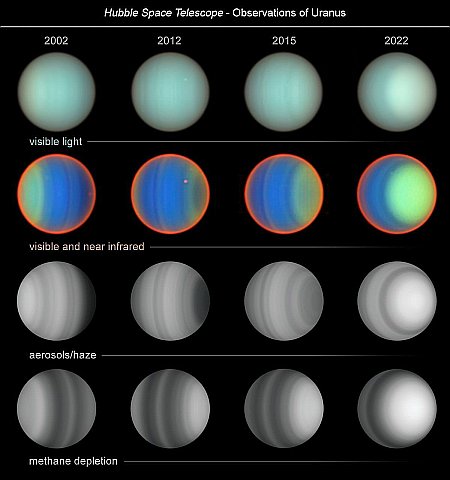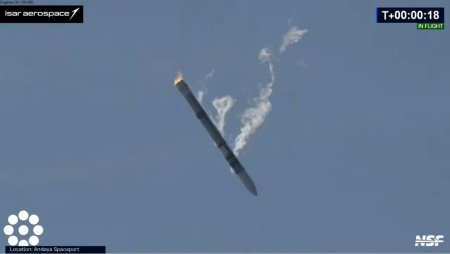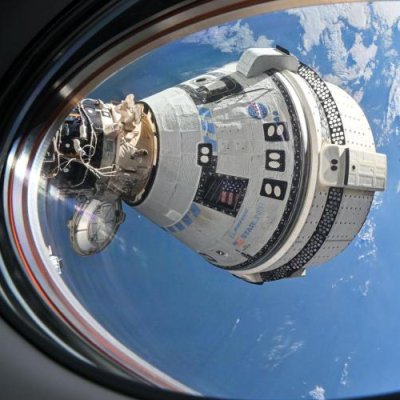Chinese man who used drone illegally over Vandenberg, spying for China, given slap on wrist in sentencing
Yinpiao Zhou, the Chinese man who flew a drone illegally over Vandenberg last fall in order to spy for China, has now been sentenced for his crime.
Yinpiao Zhou was sentenced Monday morning by a U.S. district judge in Los Angeles to four months in prison with a year of supervised released [sic]. He was also ordered to pay a $200 fine and $25 special assessment.
Since Zhou has been held in prison almost four months already, he will likely be released in days for time served.
All the evidence suggests he did this either willingly or unwillingly under orders from China. A second man that was with him while he flew the drone was never identified or arrested, and has likely been allowed to flee the country. Zhou himself tried to flee as well, as he was arrested at the airport as he tried to board a plane back to China. He is a Chinese citizen who is lawfully in the U.S., but having been caught spying it is astonishing that he is being allowed to remain in the country. He should be deported immediately.
Yinpiao Zhou, the Chinese man who flew a drone illegally over Vandenberg last fall in order to spy for China, has now been sentenced for his crime.
Yinpiao Zhou was sentenced Monday morning by a U.S. district judge in Los Angeles to four months in prison with a year of supervised released [sic]. He was also ordered to pay a $200 fine and $25 special assessment.
Since Zhou has been held in prison almost four months already, he will likely be released in days for time served.
All the evidence suggests he did this either willingly or unwillingly under orders from China. A second man that was with him while he flew the drone was never identified or arrested, and has likely been allowed to flee the country. Zhou himself tried to flee as well, as he was arrested at the airport as he tried to board a plane back to China. He is a Chinese citizen who is lawfully in the U.S., but having been caught spying it is astonishing that he is being allowed to remain in the country. He should be deported immediately.











